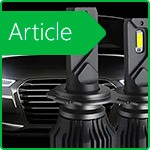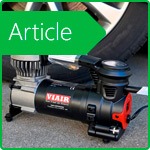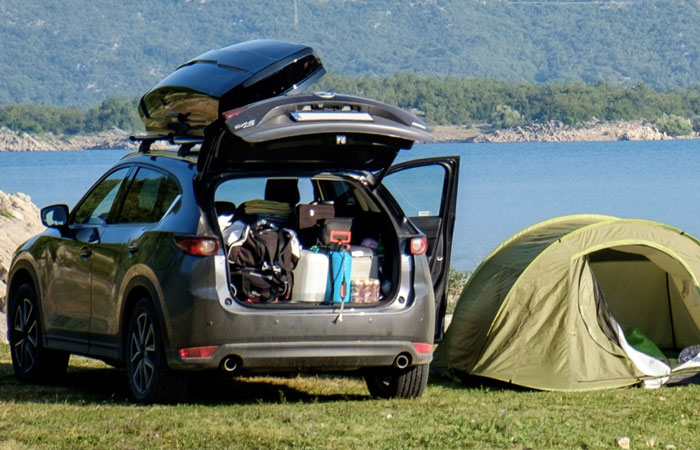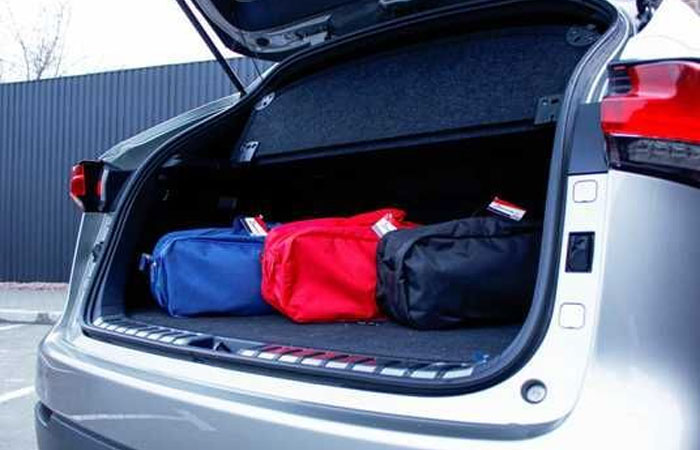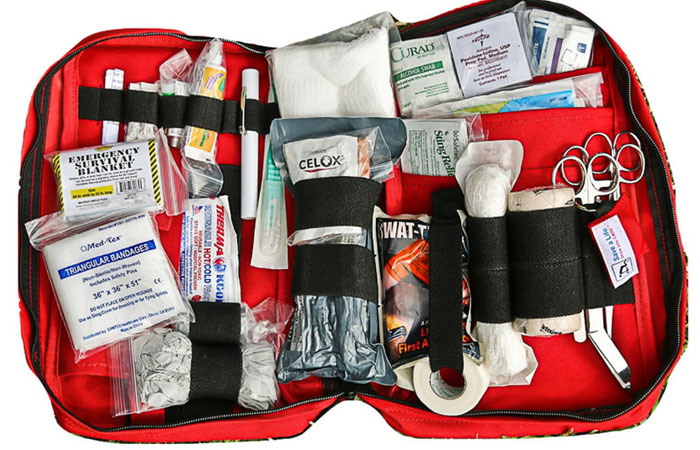Car Fire Extinguisher: Powder, CO₂, or Aerosol?
A fire extinguisher is one of the key elements of road safety, especially when driving in high-risk conditions — in the summer, on long trips, or when transporting fuel or electrical devices. But which type is best for a car: powder, CO₂, or aerosol? This article breaks down the differences, advantages, and real-life applications of each type for vehicle use.
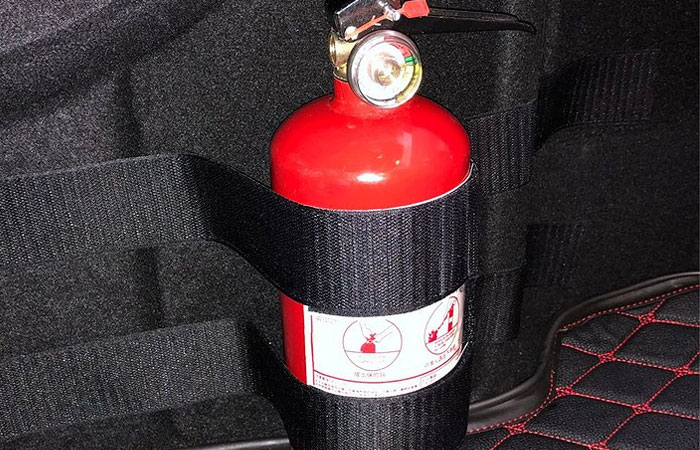
Why Do You Need a Fire Extinguisher in Your Vehicle?
According to Ukrainian traffic regulations, a fire extinguisher is mandatory for all vehicles except motorcycles. But even beyond legal requirements, it's an extremely useful tool. Fire can break out in the engine bay, wiring, brakes, or interior after an accident. Even a small ignition can turn into a full-blown fire in minutes. Having a fire extinguisher gives you a chance to contain the danger before help arrives.
Powder Fire Extinguisher: Versatile and Affordable
Powder extinguishers are the most common and recommended for vehicles. They can handle class A, B, and C fires (solids, liquids, and gases), as well as electrical equipment up to 1000V. Key benefits:
- Operates in temperatures from −40 to +50 °C
- Affordable price
- Effective against all common fire types in a car
Drawbacks: the powder leaves a residue that is hard to clean, especially inside the car. Professional cleaning or replacement of interior parts may be required after use.
CO₂ Fire Extinguisher: Clean but Less Versatile
Carbon dioxide extinguishers use compressed CO₂ to displace oxygen and cool the ignition source. They’re highly effective on electronics, dashboards, and wiring. Advantages include:
- No residue — perfect for high-end vehicles
- Safe for use on electronics and plastic components
Drawbacks: not suitable for fabric, upholstery, or fuel fires. Ineffective below −20 °C. Heavier and more expensive than powder extinguishers.
Aerosol Fire Extinguisher: Compact but Limited
Aerosol extinguishers look like spray cans but can be useful in emergency situations. They're lightweight, inexpensive, and easy to use. Good for:
- Short trips or city driving
- Use as a secondary extinguisher in the cabin
Drawbacks: low capacity, limited effectiveness on large flames or engine fires. Often not certified to national safety standards.
Which Fire Extinguisher Should You Choose?
If you need a universal option — go with powder. For EVs, premium vehicles, or taxis, CO₂ may be a better fit. Aerosol types can be an extra layer of safety, but shouldn’t replace a primary extinguisher.
To meet technical inspection requirements, choose a certified extinguisher with at least a 2 kg capacity. Check the manufacturing date, factory seal, and instructions in Ukrainian.
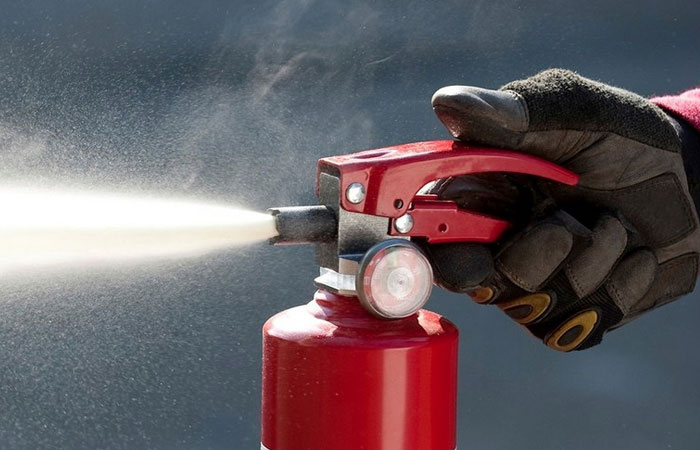
Where and How to Store a Fire Extinguisher in Your Car
Recommended storage locations:
- Under the driver’s or front passenger’s seat
- In the trunk — mounted securely and easy to access
Never leave a fire extinguisher loose among tools. In an emergency, every second counts — it should be easy to reach.
Conclusion
A car fire extinguisher is not just a formality. It’s a real chance to stop a fire before it gets out of control. Powder works for most, CO₂ is cleaner for sensitive equipment, and aerosol types offer backup. Most important — it should be functional, certified, and properly mounted.
The car fire extinguisher catalog on 130.com.ua includes models for every vehicle type and driving condition.













